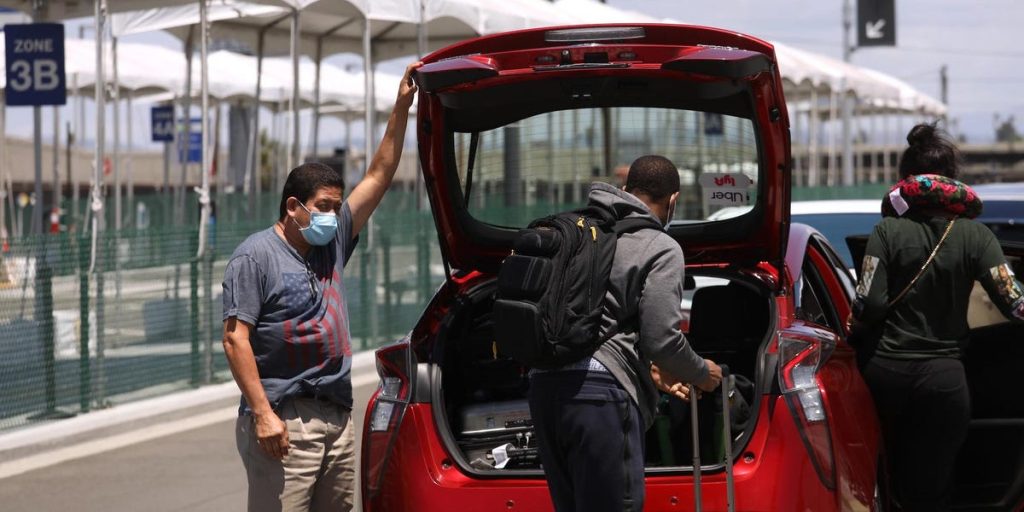Uber drivers are waiting to see the company’s future driverless cars successfully dodge potholes before they start looking for new jobs.
On Thursday, Uber said it would invest $300 million in electric vehicle maker Lucid as part of a deal to put robotaxis on the roads of a major US city in 2026. Uber is also partnering with startup Nuro on the autonomous driving technology.
The deal comes as competitors already have driverless cars on the streets. Waymo is ferrying riders around cities like Phoenix and San Francisco without a human behind the wheel. And Tesla launched its robotaxi service to a small group of users in Austin last month.
Drivers who spoke to Business Insider on Thursday said that, despite the deal, the company likely faces big obstacles as it introduces self-driving cars, which should keep their jobs safe for now.
One Uber driver in South Carolina told BI that he expects it to take several years before autonomous vehicles become common.
“They’re still going to use people,” the driver said.
CEO Dara Khosrowshahi said as much earlier this year. He said that Uber will likely use both human drivers and autonomous vehicles alongside each other over the next decade.
On a Reddit forum for Uber drivers, some posters pointed to situations in which they believe the company will likely still need a human at the wheel, such as on bad roads or during inclement weather.
“First thought is thank God self driving can’t handle snow and potholles yet,” one Reddit user wrote in the comments of a post about Uber’s partnership with Lucid.
Robotaxis could create new headaches for Uber
A driver for Lyft and Uber in Texas pointed to another potential issue for the coming robotaxi rollout: Uber would likely need to manage the costs of owning and maintaining cars.
Right now, drivers themselves bear many of those expenses, from monthly car lease payments to tune-ups, the Texas driver said.
Related stories
“I can see that’s the future, but is that something that they’re going to make as much money with as they think?” the driver said.
Uber said in Thursday’s release that the autonomous vehicles from Lucid “will be owned and operated by Uber or its third-party fleet partners.” A company spokesperson declined to provide more details about how Uber will handle the costs of operating autonomous vehicles.
The company said it plans to have at least 20,000 driverless vehicles within six years.
While Uber will likely invest in the first vehicles, others could step in as its fleet expands, analysts at Bank of America wrote in a note on Thursday. They expect “third-party fleet managers and/or financial partners to own the cars,” as the deal “meets financial milestones.”
Uber will use its autonomous vehicles for ride-hailing trips and not food deliveries, a spokesperson told BI.
Last year, Uber said that it would work with another startup, Avride, to test making deliveries in some US cities using small, wheeled robots that can travel on sidewalks.
In California, one driver told BI that he plans to make more deliveries for Uber Eats if self-driving cars take over Uber’s ride-hailing service in the future. The driver said he divides his time on the app between delivering food through Uber Eats and picking up passengers for rides.
His delivery gigs sometimes involve communicating with restaurant workers when the kitchen is running behind on orders or going up an elevator to leave food at a customer’s apartment door.
“A machine cannot do that,” he said.
Do you have a story to share about gig work? Contact this reporter at abitter@businessinsider.com or 808-854-4501.


